Charging all-electric and plug-in electric vehicles from solar panels is an increasingly popular option for environment-conscious EV owners. This method of charging uses solar energy to power cars, reducing both the cost of charging and your carbon footprint. You can find all our advice on this topic in this guide to charging your EV from an installation harnessing solar power.
The advantages of using solar energy to power electric vehicles
Charging EVs using solar panels provides a number of advantages. Firstly, it means you reduce charging costs by using a free, renewable source of energy: the sun. Furthermore, it minimises your impact on the environment by reducing greenhouse gasses.
This charging method offers EV owners greater flexibility. Solar panels can be installed on the roof of your house or garage, and even on a mobile stand connected to your electrical installation, which means you can set up a charging station near your parking space and use the energy generated through the connection to the electric mains.
How does solar-powered charging work for EVs?
Solar-powered charging for electric vehicles uses photovoltaic panels in kit form or with a power inverter to capture the sun’s energy and convert it into electricity. To be able to use this energy whenever you want, you need to have a storage battery. The energy stored can then be used later on, whenever you want to charge your EV.

⚠️ In the event of a power cut, solar panels in kit form do not function, rendering EV charging impossible.
Depending on how much energy your solar panel installation generates, you can benefit from this energy to a greater or lesser extent to charge your EV. The electrical energy generated varies depending on the following factors:
- the number of panels installed;
- the position and angle of incidence of the panels;
- where you live;
- storage capacity with a battery or not.
How much energy is consumed by an EV charged from solar panels?
The consumption of an all-electric or PHEV depends on several factors, such as the car model, driving speed, weather conditions and the type of terrain etc. The amount of energy generated by solar panels also depends on the factors previously discussed. It is difficult to give a precise answer as to how much energy is consumed to charge a vehicle.
To give an approximate estimate, we can say that on average an EV consumes between 15 and 20 kWh to travel 100 km. If we use high-quality photovoltaic panels with an output rating of 1 kWp (kilowatt-peak) per square metre, we can estimate that a square metre of high-quality photovoltaic panels will produce about 4 kWh of energy per day.
Thus, to produce sufficient energy to charge an EV covering 100 km per day, you need to install solar panels covering around 4 to 5 square metres, supposing that sunlight conditions are sufficient and there is a storage system to store surplus energy during the day to be reused at night to charge your EV.
These figures are, of course, purely theoretical, since the consumption and generation of energy depends on a number of variable factors. We advise you to get a more accurate estimate drawn up based on your personal situation and where you live.
What charging station should you choose to charge from solar panels?
Solar energy can be used to charge an EV from a power outlet or a charging station.
Before taking the plunge and installing a charging station powered by solar panels, here are a few pointers to take into account to check out compatibility:
- Make sure that the power rating of the charging station corresponds to the power rating of the electrical installation connected to your solar panel. Home charging stations vary in capacity ranging from 3.7 kW to 22 kW. If you have a low-capacity electrical installation for your solar panels and a single-phase vehicle, a charging station with a power rating of 7.4 kW will be sufficient.
- Check that the voltage of the charging station corresponds to the electrical installation connected to your solar panels. Charging stations can function with different voltage ratings, for example in single-phase or three-phase alternating current (AC).
- If you have an energy storage system such as a storage battery, you should check that the charging station is compatible with this system. Some energy storage systems may require a power inverter or a control device in order to charge an electric vehicle.
Discover the Wallbox Copper SB with the MID Power Boost meter to charge your all-electric EV or plug-in hybrid with solar panels
✅ Using the (single-phase or three-phase) MID, activate the Eco Smart function to charge your EV from your photovoltaic or solar panel installation. There are two charging modes to choose from: 100% solar energy or a mix between solar energy and power from the grid.
✅ Programme charging for your EV
✅ Monitor your energy consumption on the myWallbox mobile app
In short
Installing a charging station using energy generated by solar panels installed at your home is the most economical and ecological charging solution around. Charging stations are usually compatible with solar panels, however existing installations will enable you to charge your vehicle to a greater or lesser degree depending on the output rating. If you plan to install photovoltaic panels to charge your electric vehicle or install a charging station connected to an existing solar panel installation, we advise you to consult a professional beforehand, who will be able to assess your needs. You should think about purchasing a storage battery to benefit fully from the electricity generated to charge your EV whenever you want.
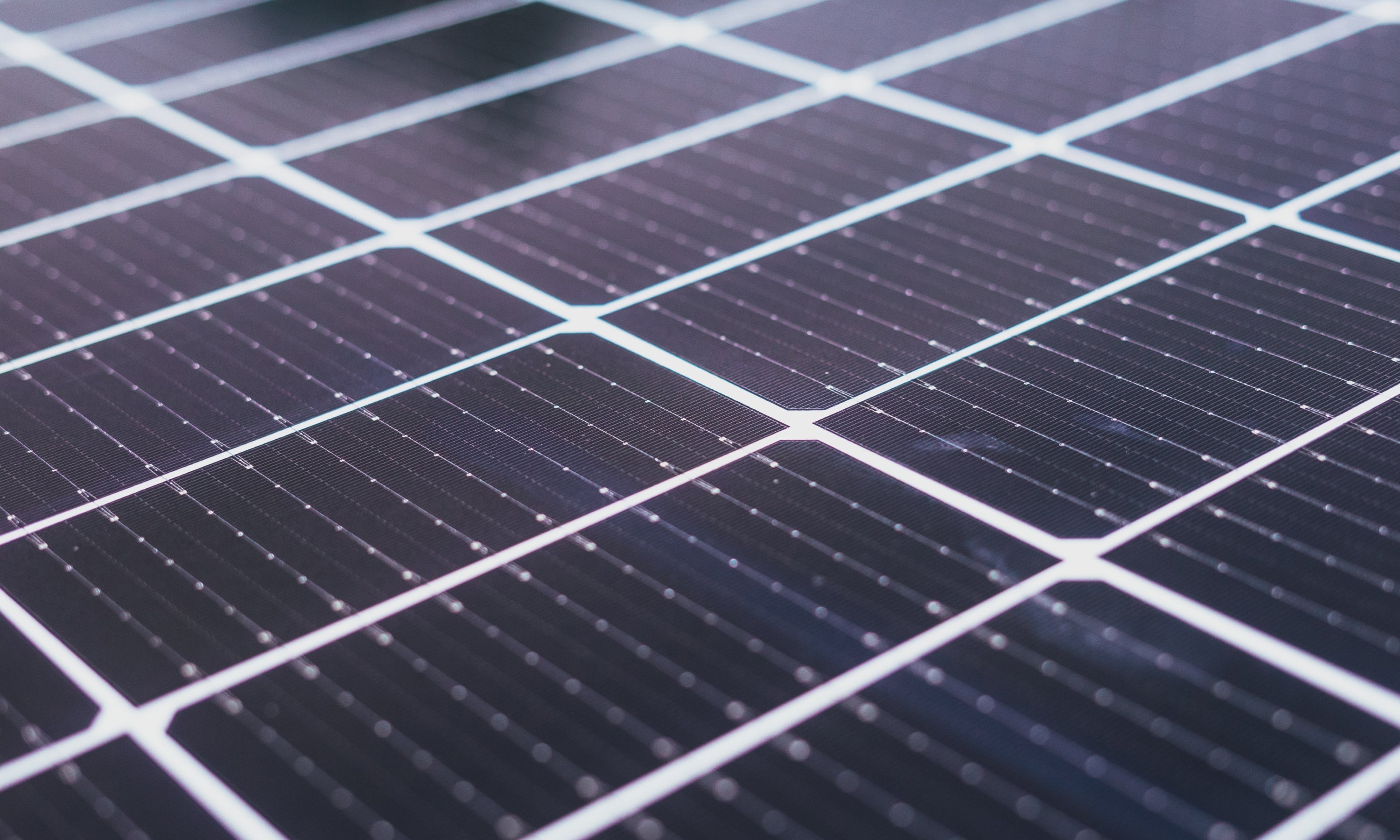


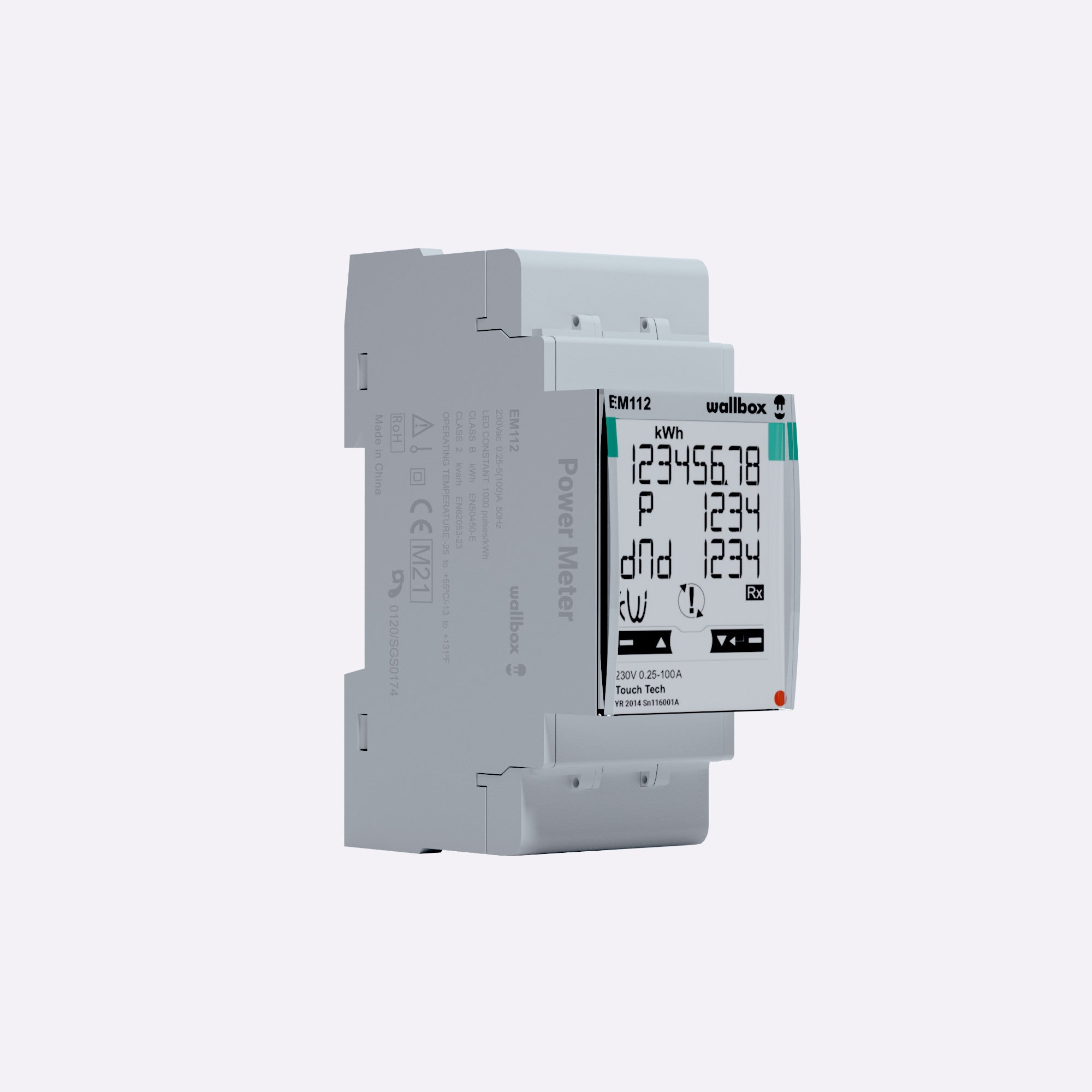
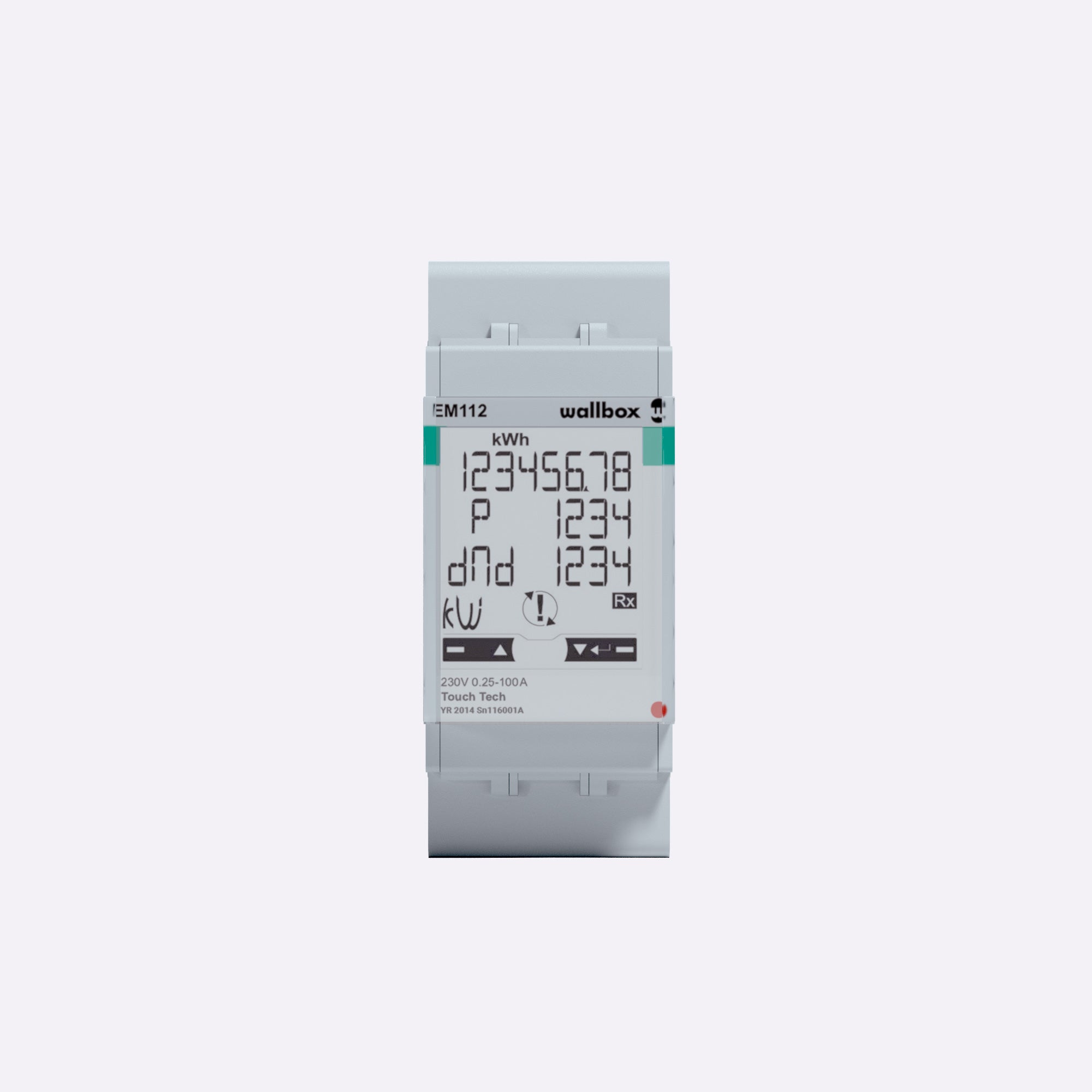
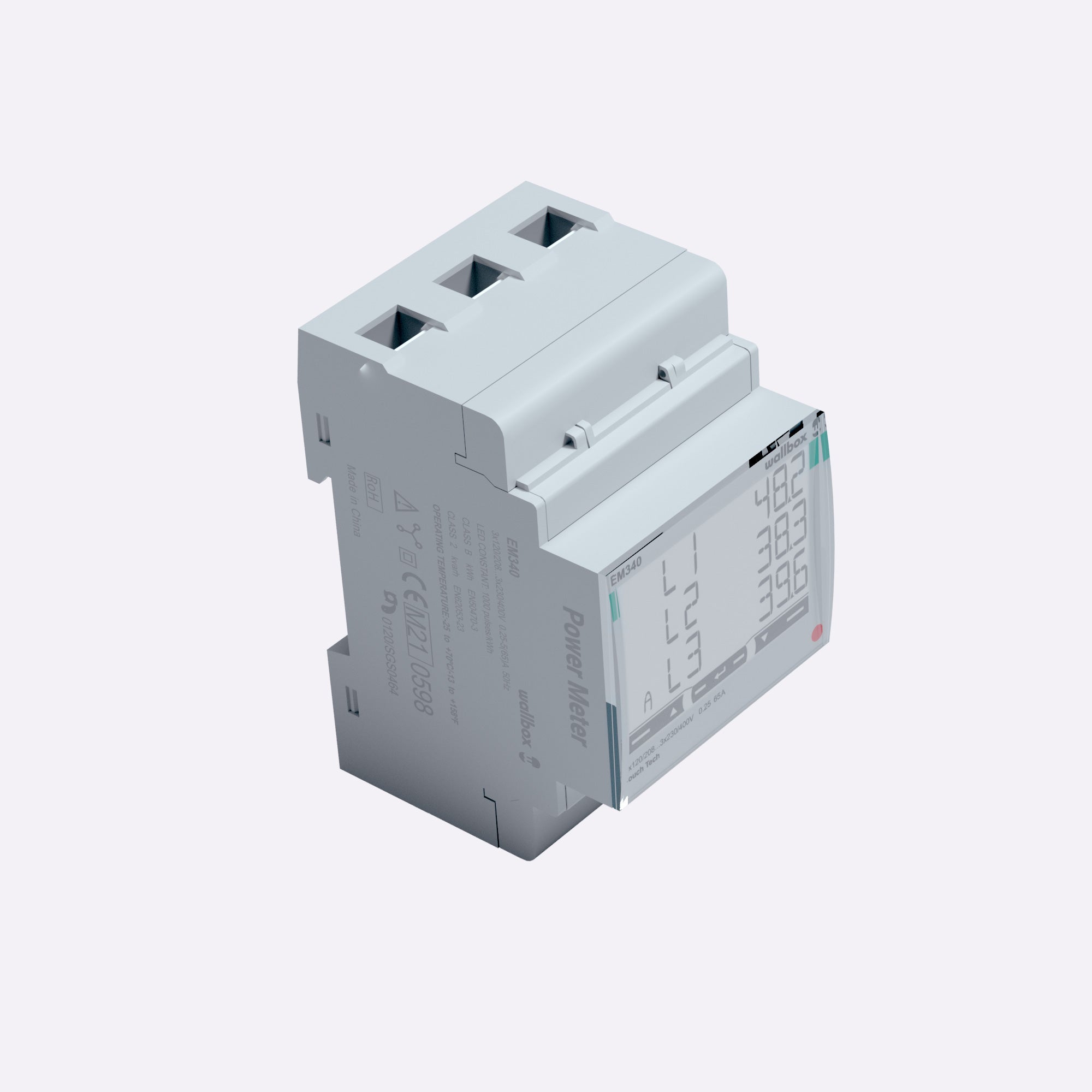
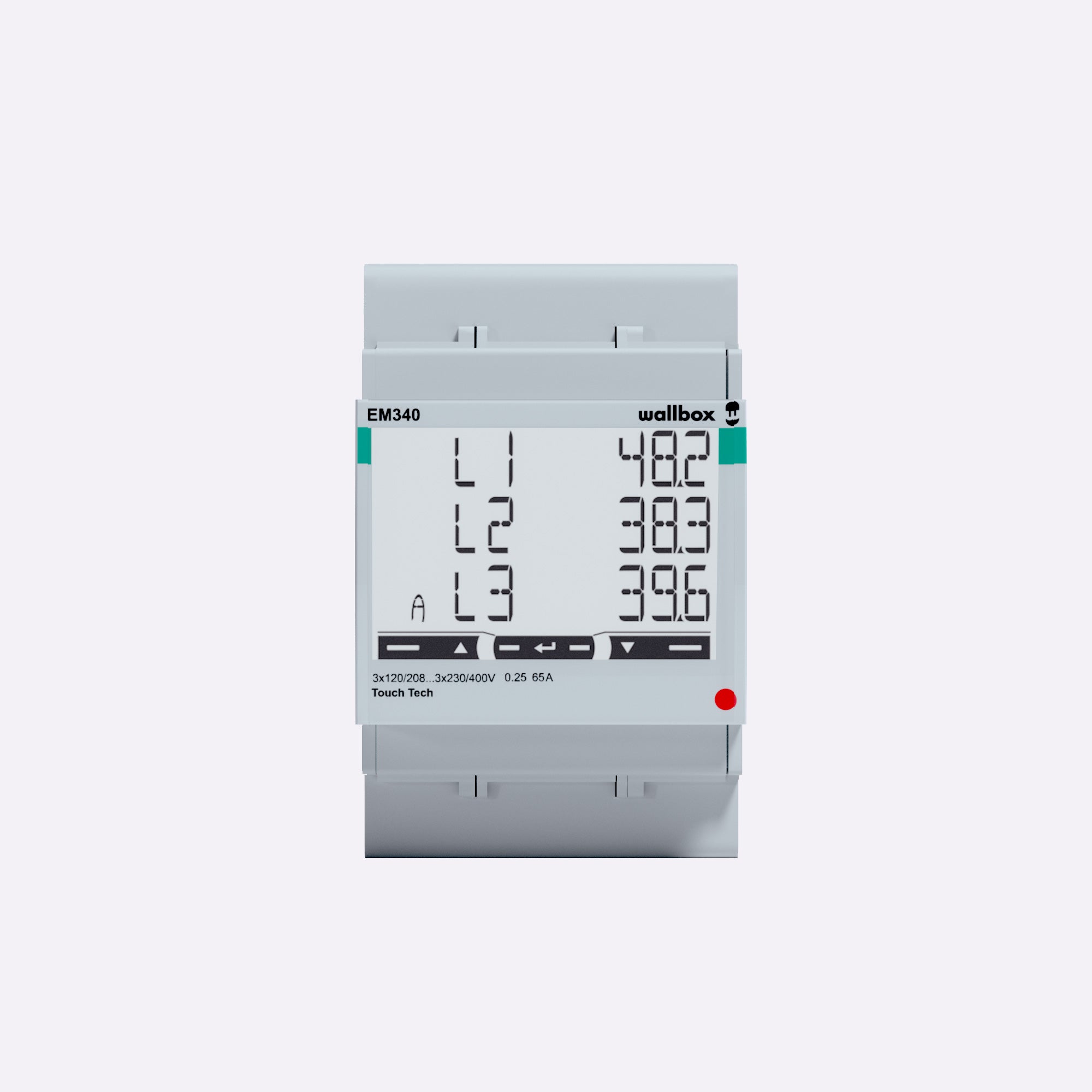
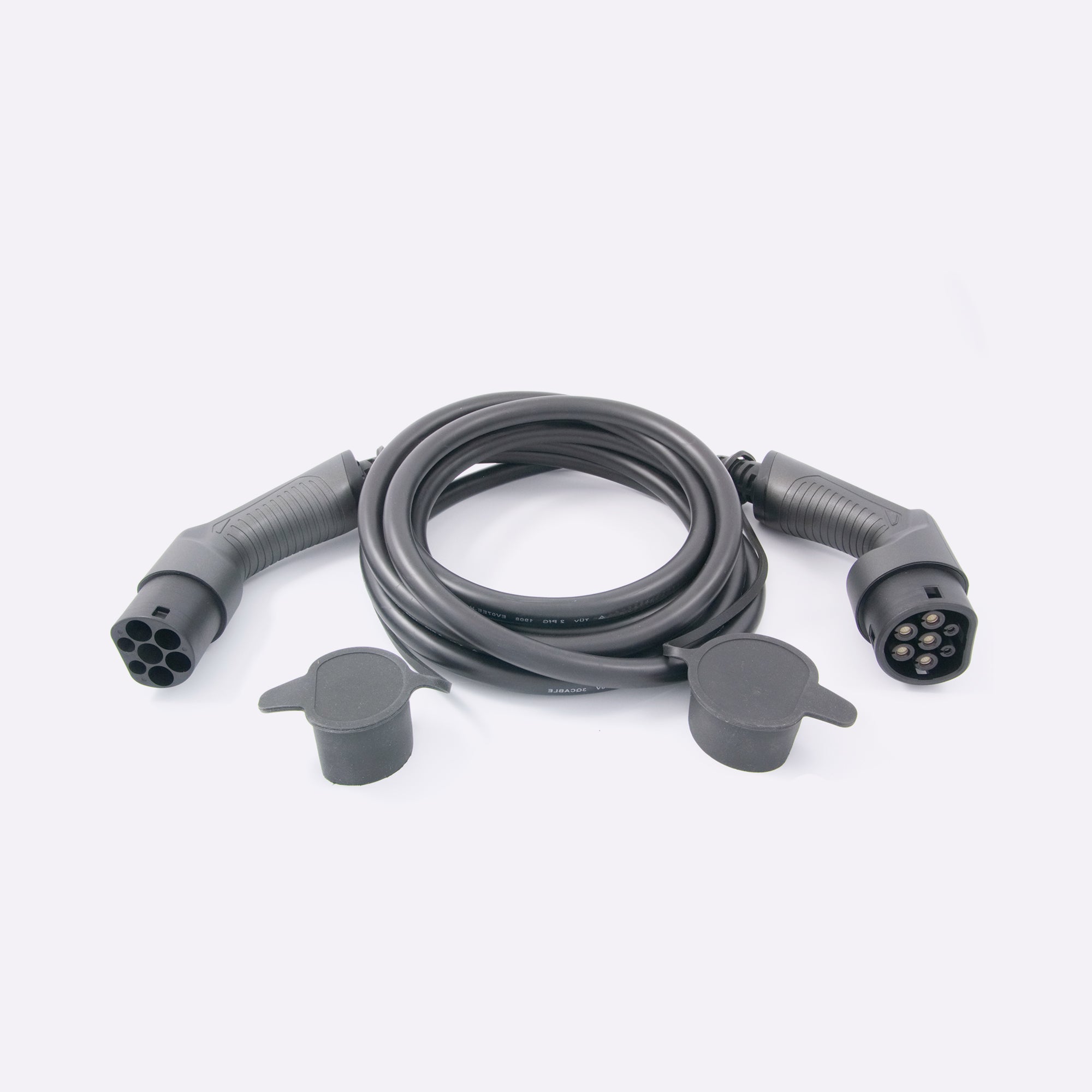
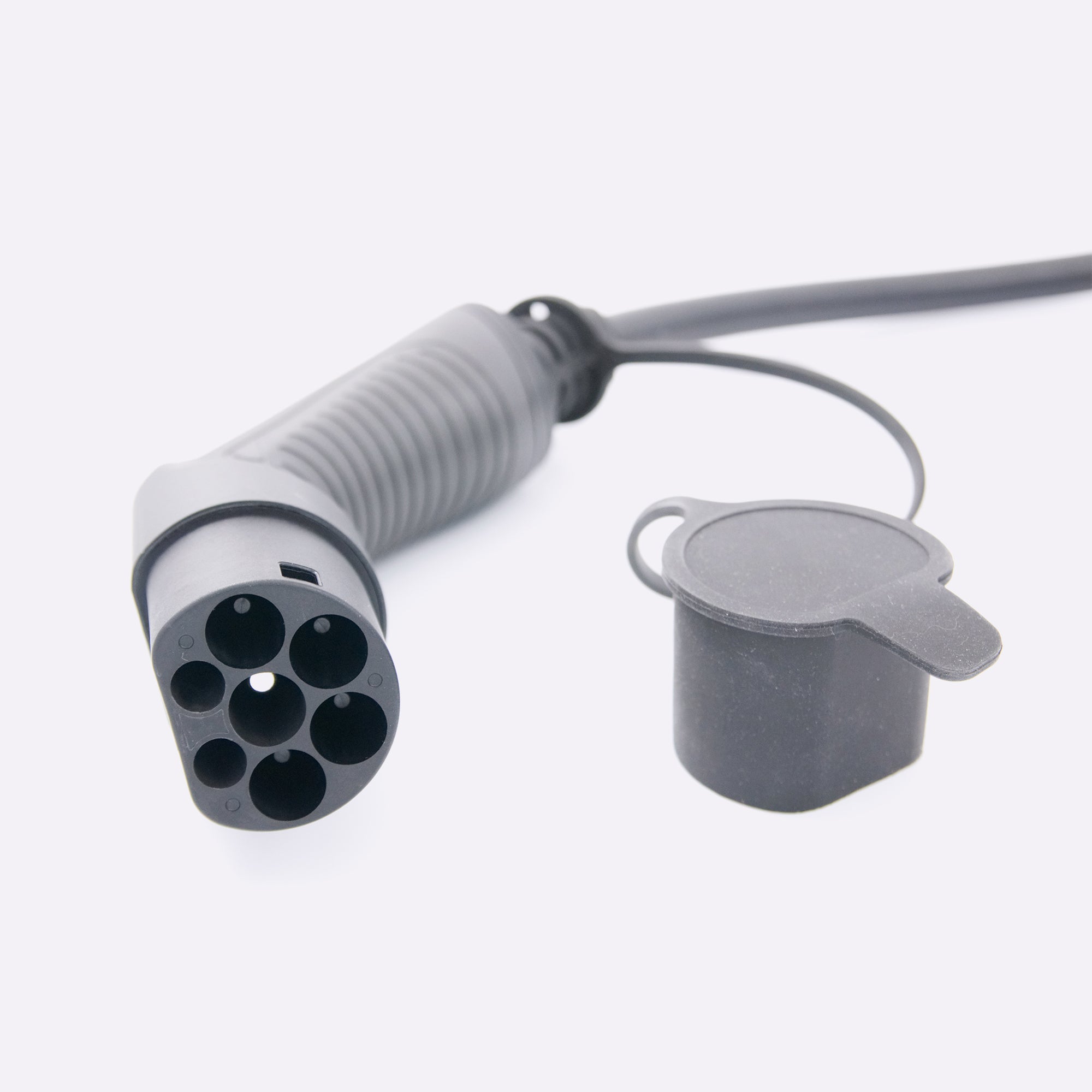

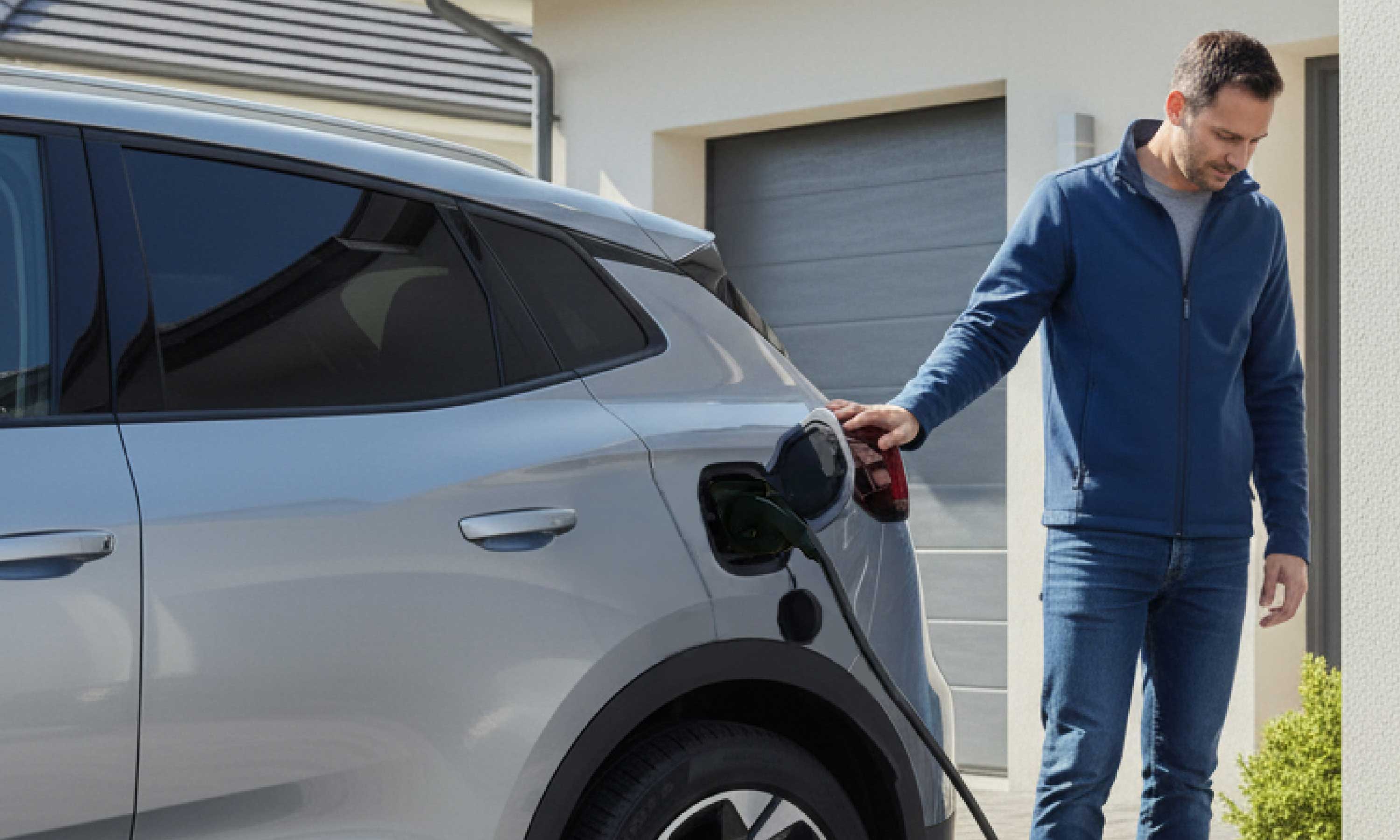
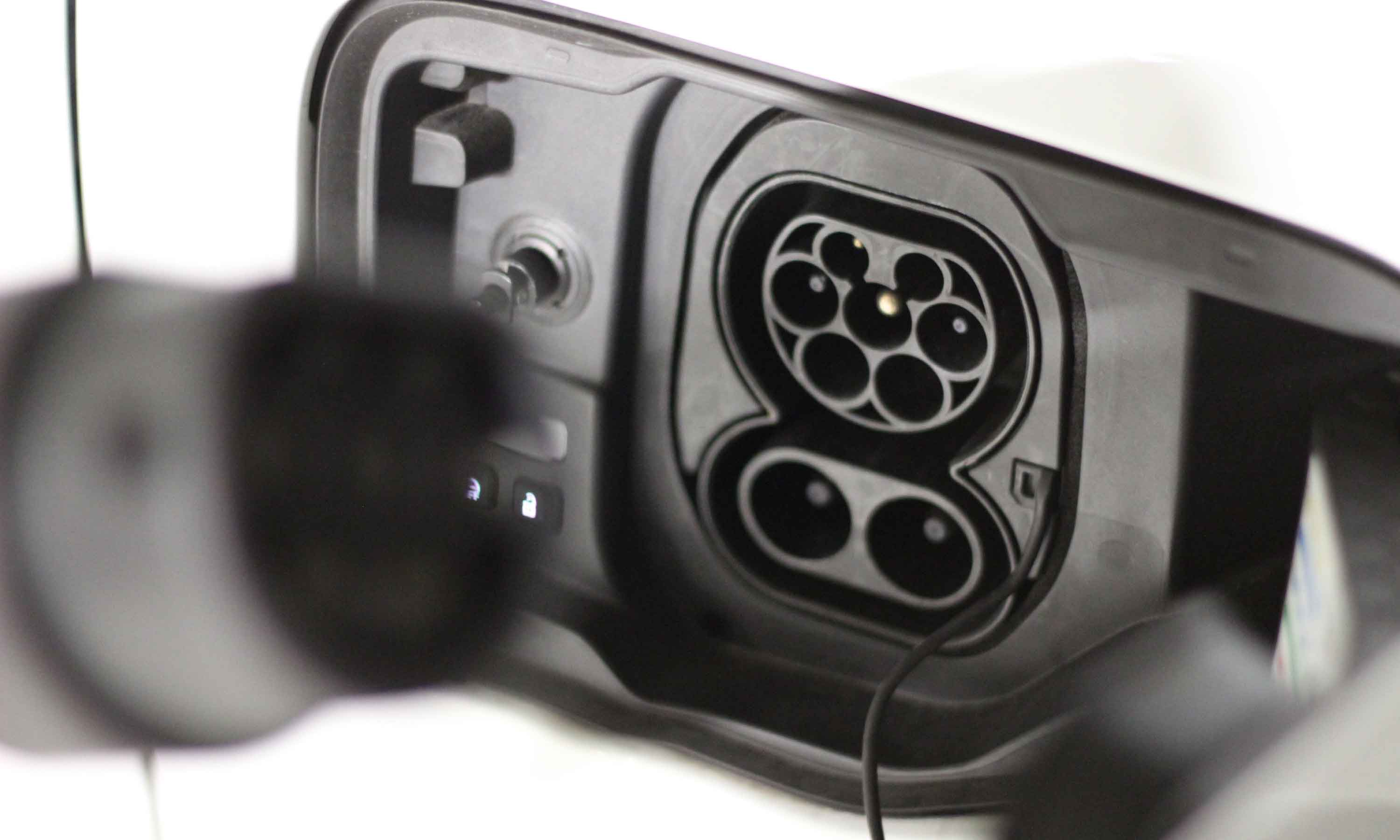
1kwp per m2? I searched the web for solar panels that can do this and it seems that this is far from prossible today. It seems that even very modern panels deliver around 1kwp per m2
Bonjour François,
Ces chiffres sont à titre indicatif. Il est recommandé de réaliser une estimation auprès d’un professionnel pour des chiffres plus réalistes en fonction de votre région d’habitation et de votre installation.
L’équipe Mister EV
Bonjour Attention votre estimation de production par panneau solaire est fausse: 1 kwh est l’énergie solaire reçu par m², le rendement des panneaux est de 20% en moyenne donc on a 200w crêtes par m² ce qui équivaut à 200 à 250 kwh /m² par an selon la région. Il faut donc un équivalent de 8 à 10 m² de panneaux pour faire 10000km en voiture électrique (pas des chars d’assauts que l’on voit trop souvent sur nos routes)
Leave a comment